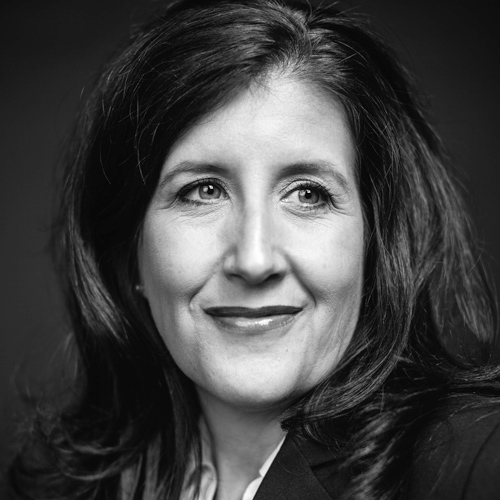Modern Counsel: How do you approach decisions about things like corporate governance and shareholder engagement at Microsoft?
John Seethoff: It ties back to Microsoft’s company values of integrity, accountability, transparency, being open and respectful, striving for excellence, and learning. Long-term thinking is what guides us. We know that we don’t necessarily have the answer right now, but we’ll learn the answer as the world changes. And as we formulate our approach to governance, we do it in the context of helping successfully operate and grow our business.
MC: What is your overarching goal as you maintain and improve governance?
“[Being open and transparent, building constructive relationships, and acting with humility] fit whether we’re talking about the board’s engagement with shareholders, how we interact with our customers, or how we work together as one Microsoft.”
JS: We want to maintain positive, open, constructive relationships with our shareholders. That doesn’t mean we always agree with each of them, but it’s important to create an opportunity for dialogue so they understand how our board is thinking. It all comes down to establishing credibility and trust.
MC: Talk about Microsoft’s adoption of its proxy access for director nominations policy.
JS: The policy allows eligible shareholders to nominate candidates for election to the board. It’s a continuation of a path that we’ve been on for a long time, providing an appropriate balance of the role of shareholders and the board. For example, we were one of the first companies to adopt majority voting for directors. Proxy access started with a proposal brought by a shareholder more than a year ago, and while there were flaws, there were also sensible arguments supporting the concept, and it brought this emerging issue to the forefront. So we observed, asked a lot of questions, sought input from shareholders, and after a year of study our board decided to move forward with it.
MC: How has the new plan changed shareholder interaction with Microsoft’s board?
JS: We wanted to be able to facilitate direct involvement between directors and shareholders, so we proactively took on the process when Steve Ballmer—former CEO of Microsoft— announced his retirement. We immediately reached out to shareholders to discuss plans for a search process, at the conclusion of which we outlined where we ended up and how we got there. We’ve continued that conversation ever since.
MC: What are Microsoft’s corporate goals at the center of those conversations?
JS: Satya Nadella has organized our corporate mission around three goals: to reinvent productivity and business processes, to build the intelligent cloud platform, and to create more personal computing. In doing so, he also encourages us to be obsessed with customer service and always be thinking about how to meet the needs of our incredibly diverse, global group of more than one billion users.
MC: What role does corporate culture play in achieving these goals?
JS: Satya has been building a corporate culture grounded in a growth mind-set—the notion that everyone at every level has the capability to develop and nurture their own potential. That individual perspective informs how we operate and grow in a collective sense as well. It’s about uniting a group of individuals around a shared mission, and working together to serve a greater purpose.
MC: What is that greater purpose, and how does a growth mind-set contribute?
JS: Ultimately it’s about serving our customers. We talk about culture and growth at every team meeting, and I encourage my team to take risks. I want them to be comfortable with uncertainty, and to view mistakes as learning opportunities. It’s also important to recognize the success of others, and remember that it doesn’t diminish one’s own self-worth. Promoting this mind-set positively impacts individuals and the company as a whole, and more importantly, our customers.
MC: How will the corporate culture reinforce initiatives around shareholder engagement? How will they work together to uphold your overarching corporate goals?
JS: I always come back to the question, “How can we help?” It’s surprising how much clarity comes from asking that, and it’s the perfect place for our corporate mission and cultural initiatives to come together. It brings us right back to where we started, with being open and transparent, building constructive relationships, and acting with humility. These values fit whether we’re talking about the board’s engagement with shareholders, how we interact with our customers, or how we work together as one Microsoft. They keep us on track as we pursue our goals, work toward balanced governance, and develop as individual leaders.

